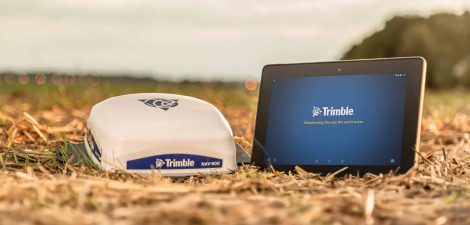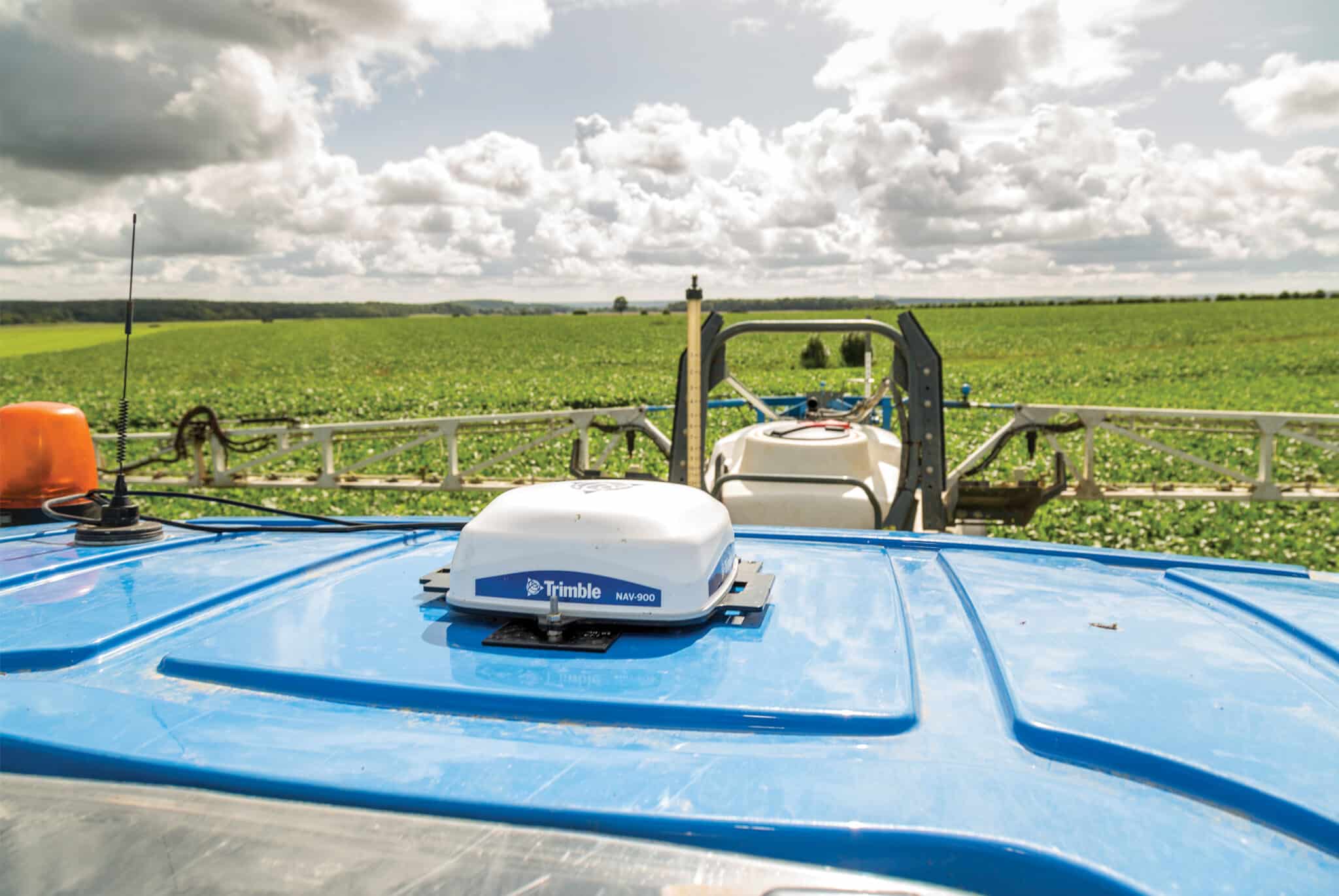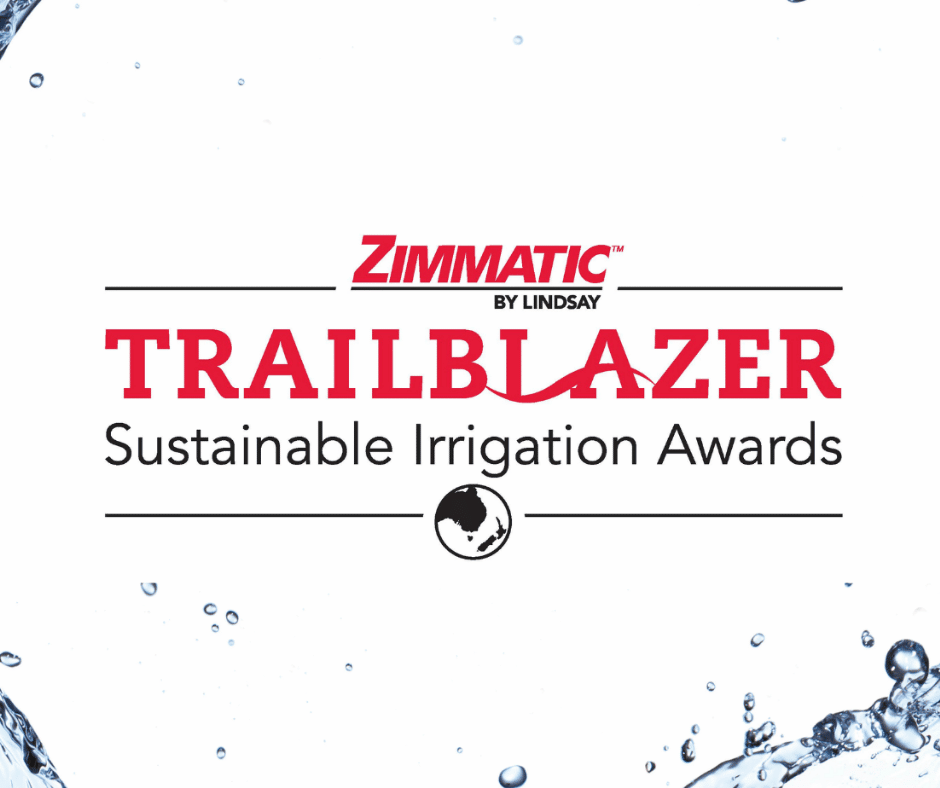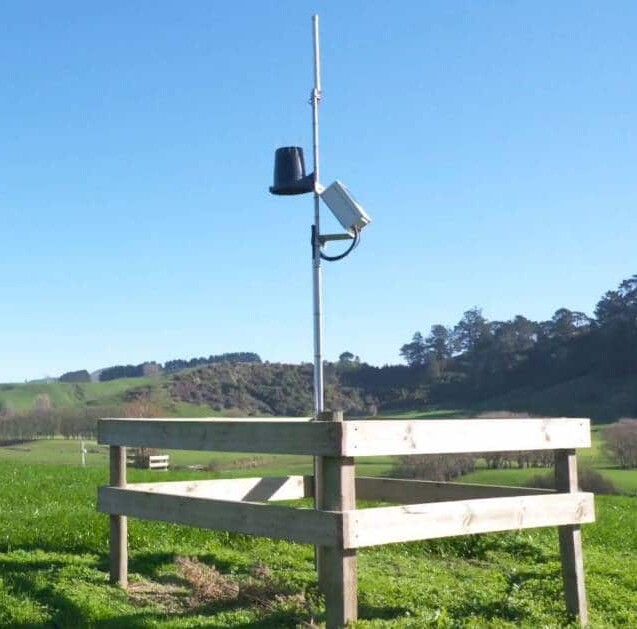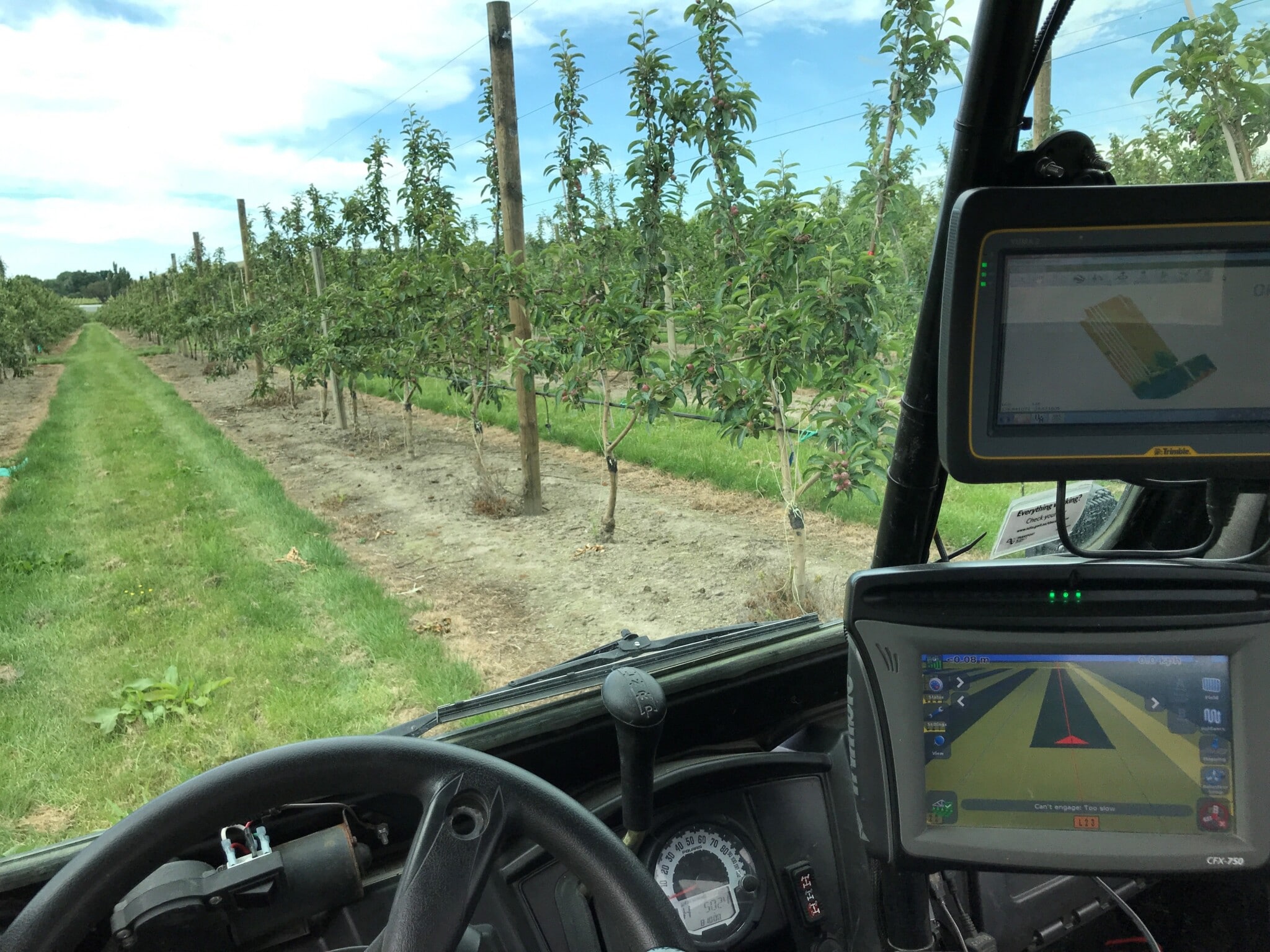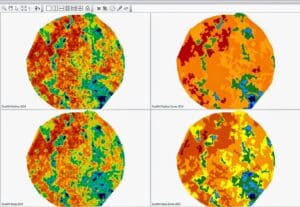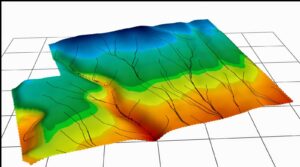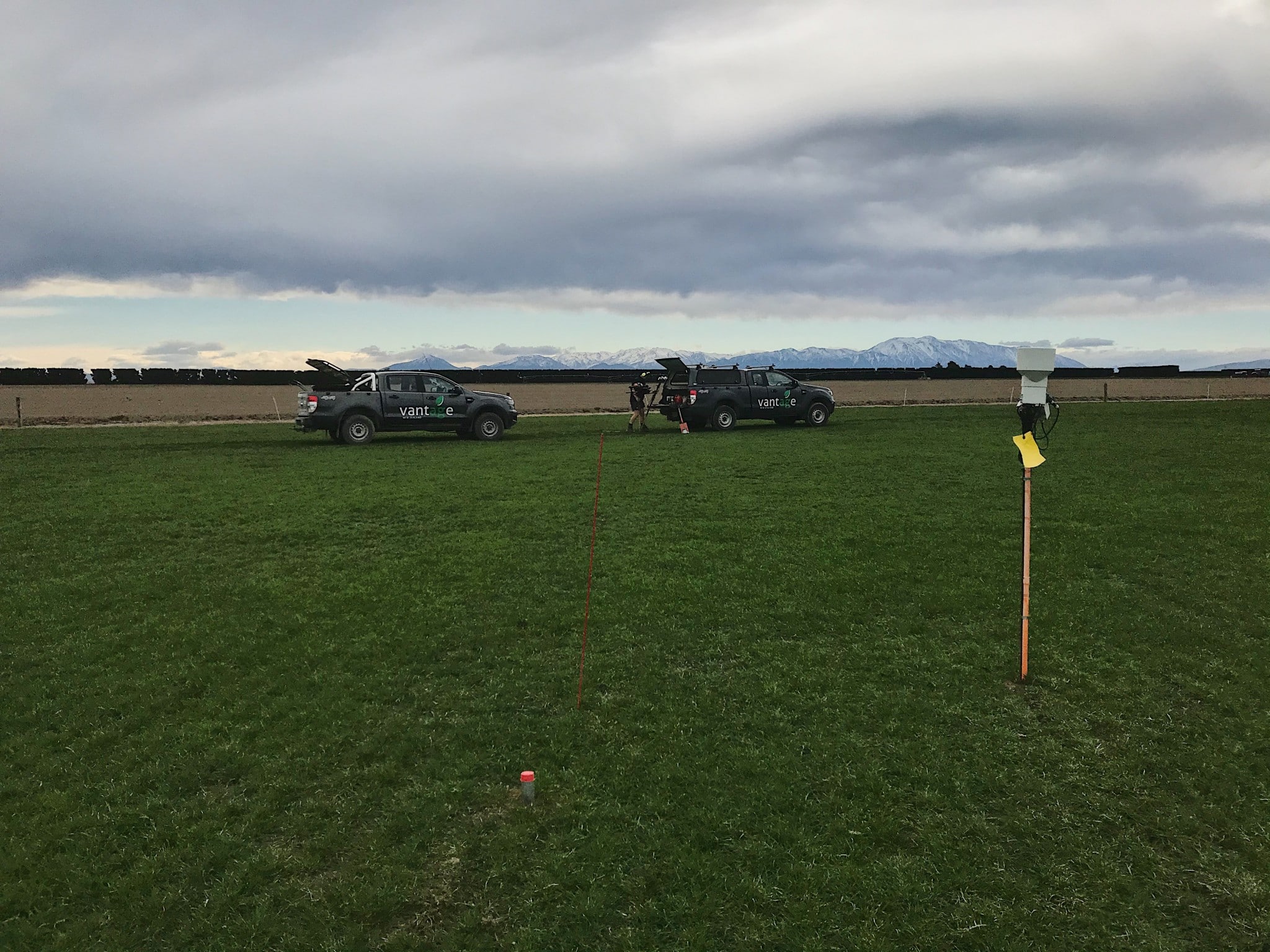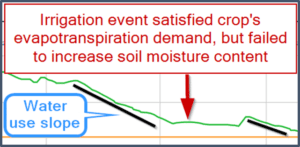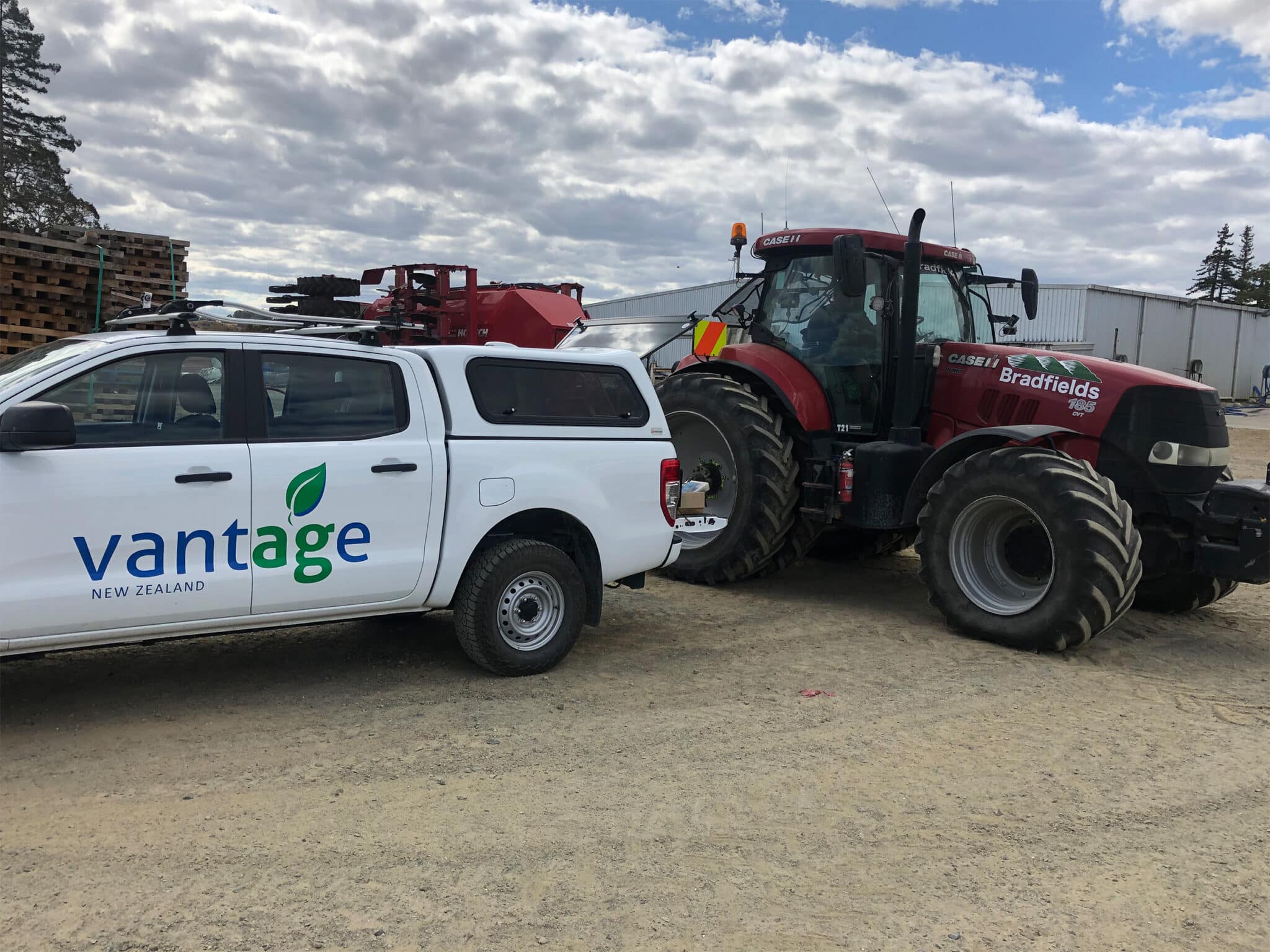Just last month, Trimble announced significant improvements to its CenterPoint® RTX correction service, giving farmers the best of both worlds -the ease of use of the satellite-delivered corrections and RTK horizontal performance in less time.
Continue readingTrimble RTX Beam Transition
Attention
There is Trimble RTX satellite beam transition happening in New Zealand, which will require you to change your frequency and baud rate on your GNSS receiver before September 30, 2021.
This affects all GNSS receivers using CenterPoint RTX, FieldPoint RTX, RangePoint RTX, ViewPoint RTX and xFill correction services.
We apologize for the inconvenience caused by this change, however it allows us to continue to make enhancements to our RTX correction services. The new satellite beam, RTXPA, will be available on August 2nd, 2021 with 8 weeks of dual operational period. This means the new satellite beam will run 8 weeks in parallel with the current RTXAP satellite beam.
We encourage you to change your settings as soon as the new satellite is available using the instructions you can find at
- Trimble Positioning Services Receiver Instructions
- RTX RangePoint Setup for Trimble CFX-750/ CNHi FM-750 Displays
- RTX RangePoint Setup guide for Trimble GFX-750 & TMX /CNHi XCN-1050 & XCN-2050
- RTX RangePoint Setup for TrimbleFMX/FMX+ (TMX Display)CNHiFM1000/FM1000+ (XCN-2050Display)
- RTX RangePoint Setup guide for: CNHi PRO700/IntelliView IV –AG-372
What is changing?
Trimble RTX is being moved to a new satellite beam, RTXPA. You will no longer receive correction data from the current RTXAP satellite (1539.8325 Mhz, 600 baud) after September 30, 2021. Please change the frequency and baud rate on your GNSS receivers to use the new RTXPA satellite (1545.2725MHz, 1200baud) as soon as possible after the second of August.
When is it happening?
The new RTXPA satellite beam will be available starting on August 2nd, 2021. The old RTXAP satellite will stop broadcasting correction data on September 30, 2021.
How will I continue to receive GNSS corrections after this change?
You need to manually input the frequency and baud rate for the RTXPA satellite beam:
● Within the Trimble RTX settings on your GNSS receiver, change the RTX satellite by manually entering the frequency and baud rate for the RTXPA satellite, shown in the table below.
● Instructions are available at trimble.com/sat Satellite Beam Frequency (MHz) Baud Rate (bps) RTXPA 1545.2725 1200
For more information:
Get in touch with any of our Vantage NZ Trimble Hardware Specialists
Russell Van de Laak: 021 874 622
Wade Riley: 021 874 602
Cam Burmeister: 027 261 0708
Shane Blampied: 027 380 5332
Daniel Magill: 027 547 4747
Or you can go directly to the Trimble Customer Care team who is standing by to help, 24 hours a day, 7 days a week:
New Zealand:
Phone +64 3 354 9195
Toll Free 0800 888 864
Email nz_corrections@trimble.com

